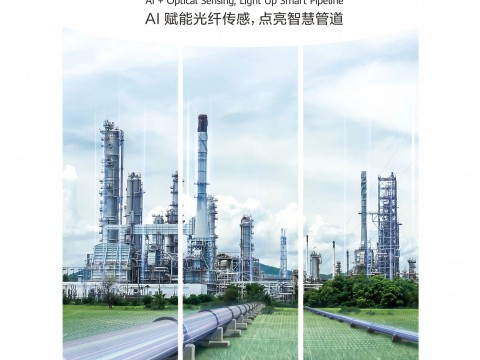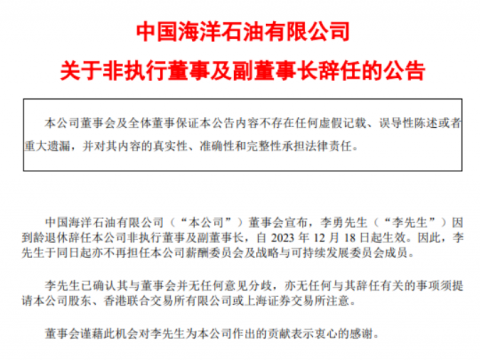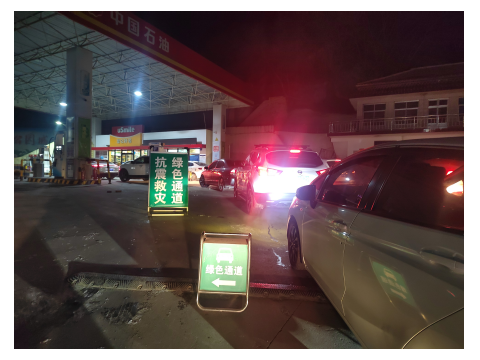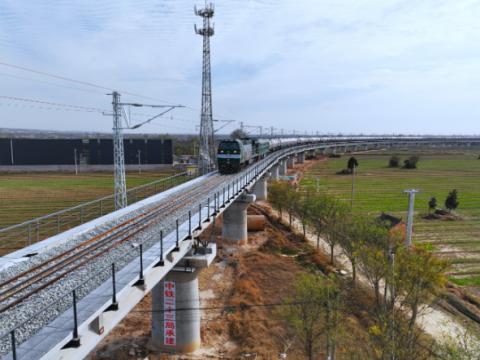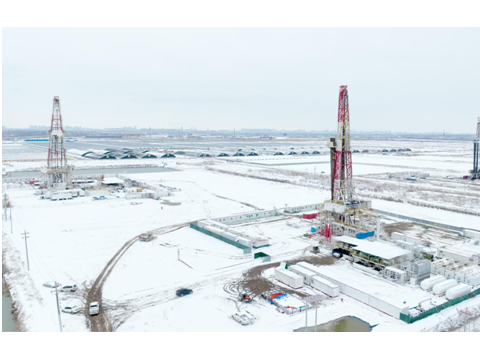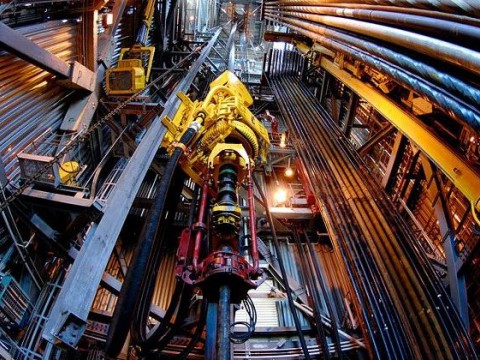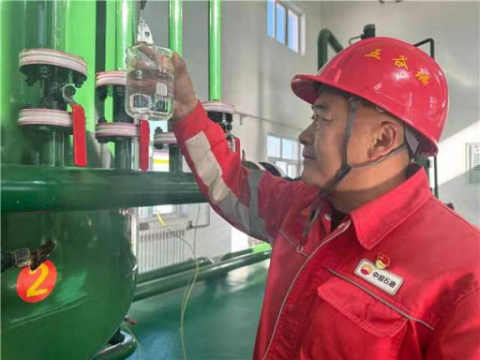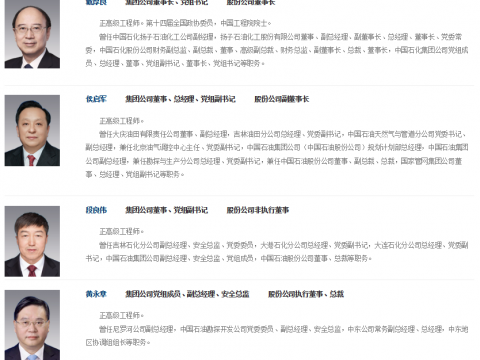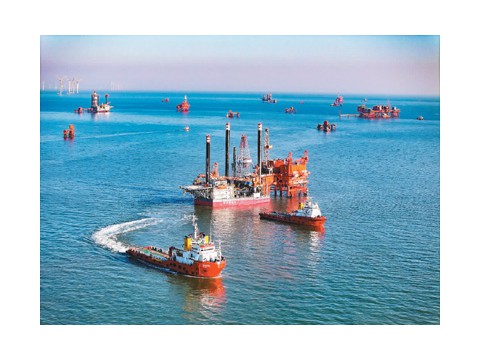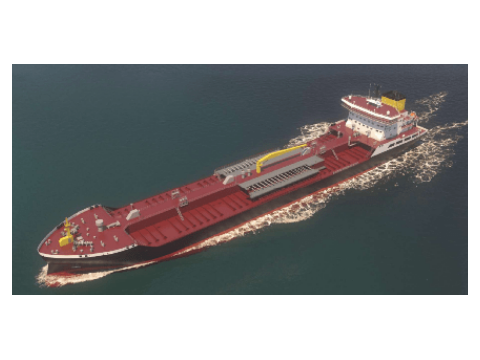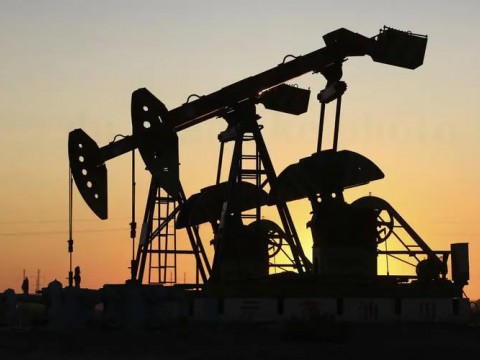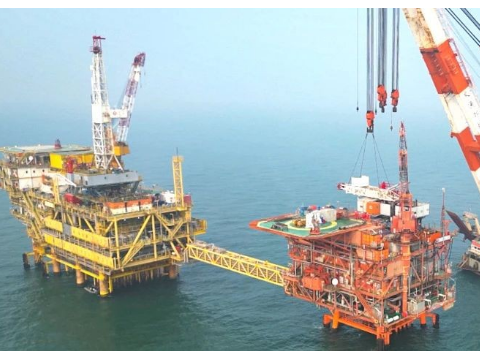据财经网站FXstreet4月19日报道,衡量原油质量的核心指标有两个。一个是API比重,它测量的是石油密度和纯水密度之间的关系。比重越高,油越轻。相反,当比重较低时,油被认为是重的和低质量的。
当API比重在10-22.3之间时,就被认为是重油,例如来自迪拜、阿曼和阿布扎比的原油。当API比重在22.3-31.1之间时,为中等油。最好的原油是API比重在31.1以上,布伦特原油和美国原油(纽约原油)都是轻油,前者API比重为38,后者为39.6。因此,美国原油的质量高于布伦特原油。
另一个指标是硫含量。硫是一种腐蚀性物质,在能源产品中含硫量是越少越好,如煤和石油。按照国际标准,含硫量在0.5%以下的油是最好的油,也叫甜油。硫含量高于0.5%时,因其质量低,杂质多而被称为酸油。布伦特原油含硫量为0.37%,美国原油含硫量为0.24%。显然,在硫含量方面,美国原油再次胜出。
因此,美国原油的综合质量高于布伦特原油。但是,原油质量问题并不是布伦特原油价格高于美国原油的核心原因。相反,一些人声称,航运问题是布伦特原油价格上涨的原因之一。
布伦特原油的全称是北海布伦特原油,意思是原油产自英国北海地区。美国原油的全称是西得克萨斯轻质低硫原油。它之所以被命名为西得克萨斯,是因为得克萨斯是加拿大石油和墨西哥湾石油发现的核心区。它也接近俄克拉何马州Koshineki(主要是俄克拉何马州的库欣地区)的美国原油库存。
与陆上石油相比,海上石油具有运输成本较低的优势。因此,按照这个逻辑,布伦特原油的运输价格应该低于美国原油的运输价格,相应的布伦特原油价格应该低于美国原油的运输价格。但是,这与目前布伦特原油价格较高的现实相矛盾,因此运输问题不是造成价格差异的核心原因。
美国原油价格低于布伦特原油价格的核心原因是,美国页岩油开发技术的成熟使得优质页岩油迅速涌入市场,导致供需严重失衡。
页岩油从API比重和硫含量两个指标来看质量都高于传统的美国原油。尽管如此,得克萨斯州的炼油厂最初无法适应这种高级石油,因此页岩油经常被比作来自加拿大和墨西哥的石油产品,它们是混合后精炼的。
有人可能会问:为什么页岩油不影响布伦特原油的价格,而只影响美国原油的价格?原因是美国原油消费区域与布伦特原油消费区域不一致。
原油主要通过管道运输,主要基于距离,这影响了每个国家使用的石油类型。布伦特原油主要供应北欧地区,而美国原油主要供应美国和美洲。中东的原油主要供应给亚洲国家,每种原油都有自己固定的使用区域。
如果未来页岩油技术成熟,生产水平提高,产生过剩的石油,美国可能会开始向世界各地供应石油,打破美国原油价格低于布伦特原油的现状。毕竟,从经济角度来看,决定大宗商品价格的因素也应该是原油的质量。
尽管页岩油技术不断成熟,但其开采成本远高于传统的采油方法。当原油市场价格处于低位时,许多页岩油生产商往往会暂停生产,以避免出现所谓的“感谢您辛勤工作”的情况。主流观点认为,当原油价格超过50美元/桶时,大多数页岩油生产商都可以盈利。当油价低于30美元/桶时,大多数页岩油生产商将选择停产。
页岩油生产商的盈利能力是另一个对原油价格形成无形抑制作用的因素。因此,进行原油期货交易的交易者应关注页岩油生产的恢复情况,避免在产量增加时购买原油,导致价格下跌。
季廷伟 摘译自 FXstreet
原文如下:
Why is Brent crude more expensive than US crude?
Two core indicators measure the quality of crude oil. One is API specific gravity, which measures the relationship between the density of oil and the density of pure water. The higher the specific gravity, the lighter the oil. Conversely, when the specific gravity is low, the oil is considered heavy and low quality.
When the API specific gravity is between 10 and 22.3, it is considered a heavy oil, for example, crude oil from Dubai, Oman and Abu Dhabi. When the API specific gravity is between 22.3 and 31.1, it is a medium oil. The best crude oil is when the API specific gravity is above 31.1, Brent crude oil and US crude oil (New York crude oil) are both light oils, the former has an API gravity of 38, and the latter is 39.6. Therefore, US crude oil is of higher quality than Brent crude oil.
Another indicator is the sulfur content. Sulfur is a corrosive substance, and its high levels are not desired in energy products, such as coal and oil. According to international standards, oil with a sulfur content below 0.5% is the best oil, and it's also referred to as sweet oil. When the sulfur content is higher than 0.5%, it is known as sour oil because its quality is low and has more impurities. The sulfur content of Brent crude oil is 0.37%, and the sulfur content of U.S. crude oil is 0.24%. Obviously, in terms of sulfur content, U.S. crude oil wins again.
Therefore, the comprehensive quality of U.S. crude oil is higher than that of Brent crude oil. However, the problem of crude oil quality is not the core reason Brent crude oil price is more expensive than U.S. crude oil. Instead, some claim that shipping issues have contributed to higher Brent prices.
The full name of Brent crude oil is North Sea Brent crude oil, which means that the crude oil is produced in the United Kingdom’s North Sea region. The full name of U.S. crude oil is West Texas light sweet crude oil. It is named West Texas because Texas is the core area where Canadian oil and the Gulf of Mexico oil are found. It is also close to U.S. crude oil inventories held in Koshineki, Oklahoma (mainly the Cushing area of Oklahoma state).
Compared to onshore oil, offshore oil has the advantage of lower transportation costs. Therefore, using this logic, the transportation price of Brent crude oil should be lower than that of U.S. crude oil, and the corresponding price of Brent crude oil should be lower than that of U.S. crude oil. However, this contradicts the current reality of higher Brent crude prices, so transportation issues are not the core reason for the price difference.
The core reason the price of U.S. crude oil is lower than that of Brent crude oil is that the maturity of U.S. shale oil development technology has led to a rapid influx of high-quality shale oil into the market, leading to a severe imbalance between supply and demand.
The API gravity and sulfur content of shale oil are higher than traditional U.S. crude oil. Still, refineries in Texas were initially unable to adapt to such high-grade oil, so shale oil was often compared to oil products from Canada and Mexico, which are mixed and then refined.
Some people may ask: Why did shale oil not impact the price of Brent crude oil, but only the price of US crude oil? The reason is that the US crude oil consumption area does not coincide with the Brent crude oil consumption area.
Crude oil is mainly transported via pipelines, mainly based on proximity, which influences the type of oil used in each country. Brent crude oil is supplied chiefly to the Nordic region, while US crude oil is primarily supplied to the United States and the Americas. Crude oil from the Middle East is mainly supplied to Asian countries, each with its territory.
If shale oil technology becomes more mature in the future and production levels rise to create excess oil, the U.S. may begin supplying oil to the rest of the world, overturning the current status quo, which has kept U.S. crude oil prices lower than Brent crude oil. After all, the factors determining the price of commodities should also be the quality of crude oil from an economic standpoint.
Although shale oil technology continues to mature, the cost of extraction is much higher than that of traditional oil extraction methods. When the crude oil market prices are low, many shale oil manufacturers tend to suspend production to avoid a situation known as "thanks for your hard work". The mainstream view is that most shale oil producers can make profits when crude oil prices are above $50/barrel. When the price is below $30/barrel, most shale oil producers will choose to stop production.
The profitability of shale oil producers is another factor that forms an invisible suppressive effect on crude oil prices. Therefore, traders who trade crude oil futures should pay attention to the recovery of shale oil production to avoid buying crude oil when production has ramped up, leading to lower prices.
免责声明:本网转载自其它媒体的文章,目的在于弘扬科技创新精神,传递更多科技创新信息,宣传国家科技政策,展示国家科技形象,增强国家科技软实力,参与国际科技舆论竞争,提高国际科技话语权,并不代表本网赞同其观点和对其真实性负责,在此我们谨向原作者和原媒体致以崇高敬意。如果您认为本网文章及图片侵犯了您的版权,请与我们联系,我们将第一时间删除。







